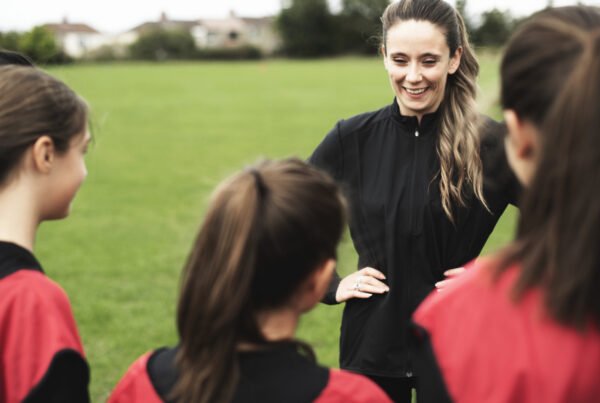Abstract
This report provides guidance outlining sportscotland’s role as a statutory consultee in the planning process for outdoor sports facilities. It provides the legal context and outlines their approach to planning applications with the purpose of informing stakeholders what they can expect. The report bases its guidelines on the Scottish National Planning Policy (SPP) which ensures that development plans meets the needs of community demand, that facilities are high quality and easily accessible, and that planning protects, enhances, and promotes green infrastructure.
Methodology
SportScotland assesses the application based on their adherence to SPP criteria, which are interpreted as the following. Firstly, that the proposed development is ancillary to the principal use of the site as an outdoor sports facility. Secondly, that the proposed development involves only a minor part of the outdoor sports facility. Thirdly, that the outdoor sports facility that would be lost would be replaced either by a new facility of comparable or greater benefit for sport, or by the upgrading of an existing outdoor sports facility which maintains or improves the overall playing capacity in the area. The assessment of this criterion will depend on local circumstances and opportunities which are outlined in more detail in the report. Finally, that the relevant strategy and consultation with SportScotland show that there is clear excess of provision to meet current and anticipated demand in the area, and that the site will be developed without detriment to the overall quality of provision.
Key Findings
The report provides five case studies as examples of the proposals sportscotland is asked to comment on as a statutory consultee, and the type of responses they typically give. One example was regarding residential development on the sites of two football pitches in Glasgow, which was approved on the agreement that £260,000 was made available to deliver a new strategic sports venue at a Primary School Community Campus located within a mile of both pitches. In another example, sportscotland was consulted on an application for a care home to be built on the site of two tennis courts in Clarkston, East Renfrewshire. After research of the area suggested there was no excess of tennis courts, and that in fact additional court capacity would actually be beneficial for the community, it was agreed that replacement capacity should be provided, with a sum of £80,000 being put towards the creation of new tennis courts within the area.
Interpretation
This report will be useful to local planning authorities and developers looking for consultancy on the planning process involving outdoor sports facilities. The case studies provide useful examples of how the process gets carried out and decisions are reached. It is important to remember that even if SportScotland do not object to an application, it is for the local planning authority to determine whether planning permission is granted.




